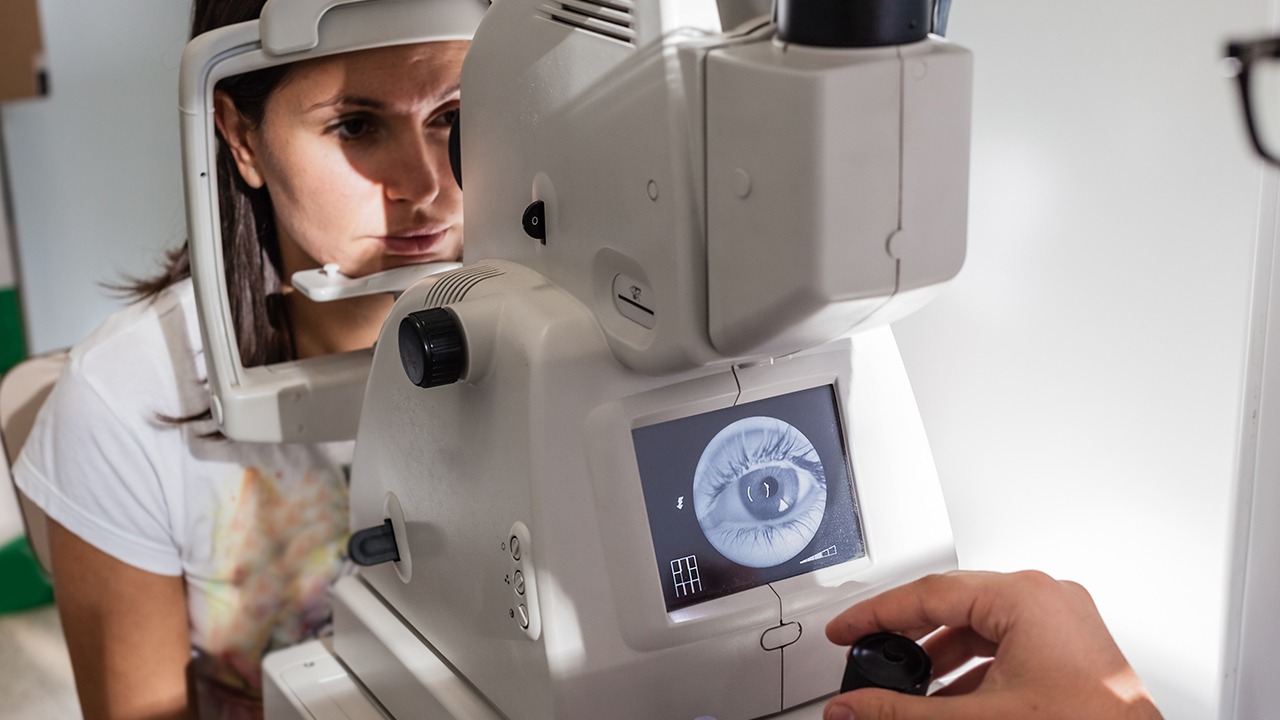What is Prostate Disease?

The prostate is a small, walnut-sized gland that sits below the bladder in men. It produces fluid that is ejaculated with sperm during sex. Prostate disease is any condition that affects the prostate gland.
There are many different types of prostate disease, including:
Benign prostatic hyperplasia (BPH) is a non-cancerous enlargement of the prostate gland. BPH is common in men over the age of 50. Symptoms of BPH can include difficulty urinating, frequent urination, and a weak urine stream.
Prostate cancer is a cancer of the prostate gland. Prostate cancer is the most common cancer among men in the United States. Symptoms of prostate cancer can include difficulty urinating, frequent urination, and blood in the urine.
Prostatitis is an inflammation of the prostate gland. Prostatitis can be caused by bacteria, viruses, or fungi. Symptoms of prostatitis can include pain in the lower abdomen, perineum, or testicles; difficulty urinating; and frequent urination.
Risk Factors for Prostate Disease
There are a number of risk factors for prostate disease, including:
Age: The risk of prostate disease increases with age.
Race: African-American men are more likely to develop prostate cancer than men of other races.
Family history: Men who have a father or brother with prostate cancer are more likely to develop the disease themselves.
Diet: A diet high in saturated fat and red meat may increase the risk of prostate cancer.
Obesity: Obese men are more likely to develop BPH and prostate cancer.
Smoking: Smoking cigarettes increases the risk of prostate cancer.
Symptoms of Prostate Disease
The symptoms of prostate disease can vary depending on the type of disease. Some common symptoms include:
Difficulty urinating
Frequent urination
Weak urine stream
Blood in the urine
Pain in the lower abdomen, perineum, or testicles
Diagnosis of Prostate Disease
Prostate disease is diagnosed through a physical exam and a blood test. The blood test measures the level of prostate-specific antigen (PSA) in the blood. PSA is a protein that is produced by the prostate gland. Elevated PSA levels can be a sign of prostate disease.
In addition to a physical exam and a blood test, your doctor may also recommend a biopsy of the prostate gland. A biopsy is a procedure in which a small sample of tissue is removed from the prostate gland and examined under a microscope. A biopsy can confirm the diagnosis of prostate disease.
Treatment for Prostate Disease
The treatment for prostate disease depends on the type of disease and the severity of symptoms. Treatment options for prostate disease include:
Medications: Medications can be used to treat the symptoms of prostate disease. Medications for prostate disease include alpha-blockers, which relax the muscles in the prostate gland and bladder neck; 5-alpha reductase inhibitors, which shrink the prostate gland; and antibiotics, which treat bacterial prostatitis.
Surgery: Surgery may be necessary to treat prostate disease if medications do not improve symptoms. Surgery for prostate disease includes transurethral resection of the prostate (TURP), which removes part of the prostate gland; and radical prostatectomy, which removes the entire prostate gland.
Radiation therapy: Radiation therapy may be used to treat prostate cancer. Radiation therapy uses high-energy beams to kill cancer cells.
Chemotherapy: Chemotherapy may be used to treat advanced prostate cancer. Chemotherapy uses drugs to kill cancer cells.
Prevention of Prostate Disease
There are no surefire ways to prevent prostate disease, but there are a number of things you can do to reduce your risk:
Eat a healthy diet: A diet high in fruits, vegetables, and whole grains may reduce your risk of prostate disease.
Get regular exercise: Regular exercise may help to reduce your risk of prostate cancer.
Maintain a healthy weight: Obese men are more likely to develop prostate disease.
Quit smoking: Smoking cigarettes increases your risk of prostate cancer.
Get regular screenings: Men over the age of 50 should get regular prostate cancer screenings. A prostate cancer screening includes a digital rectal exam and a PSA blood test.
Conclusion
Prostate disease is a common condition that affects men of all ages. There are a number of different types of prostate disease, and the symptoms and treatment options can vary depending on the type of disease. If you are concerned about prostate disease, talk to your doctor.
The above is all the content that the editor wants to share with you. I sincerely hope that these contents can bring some help to your life and health, and I also wish that your life will be happier and happier.
Topic: #is #what #disease













